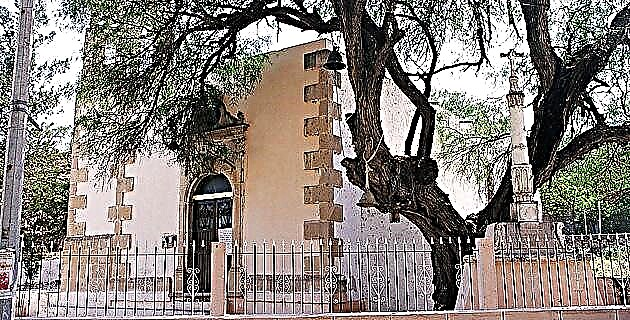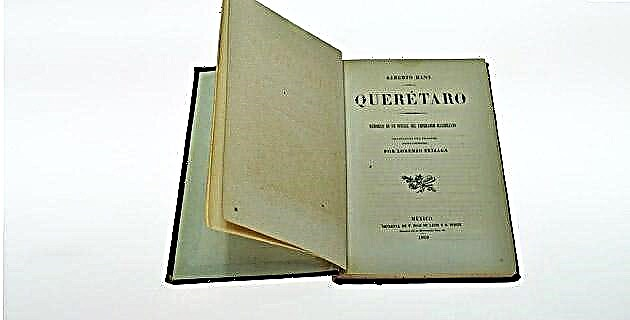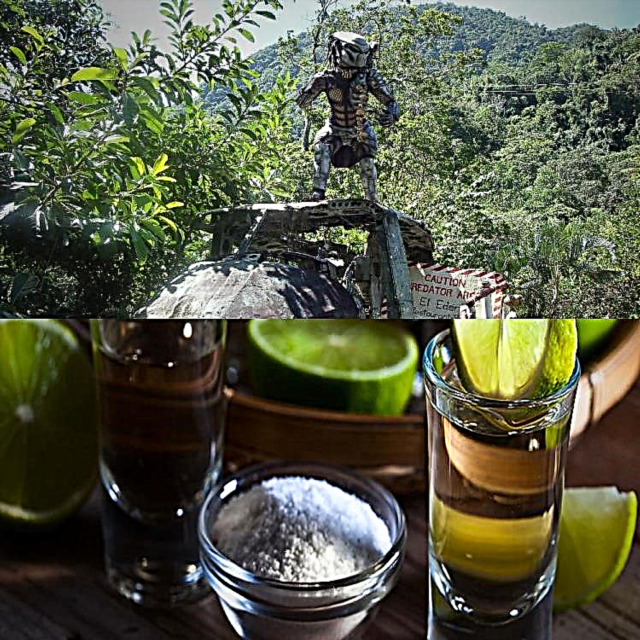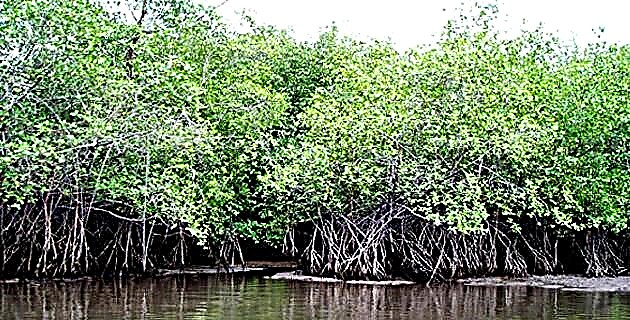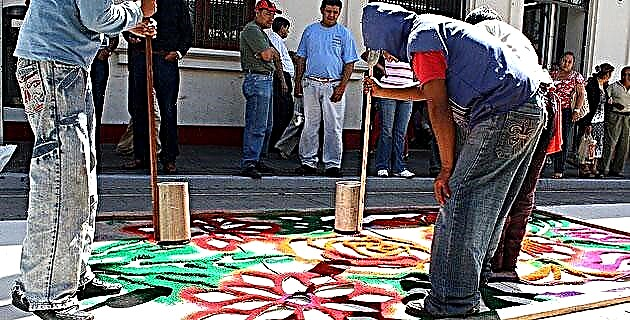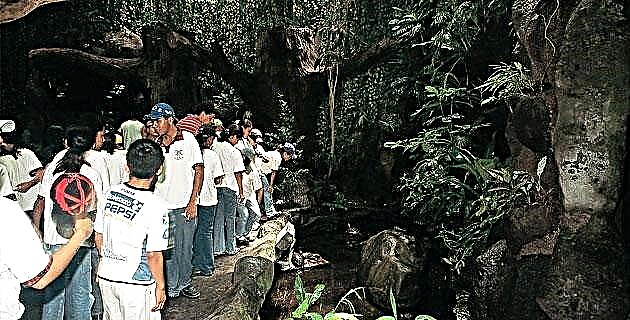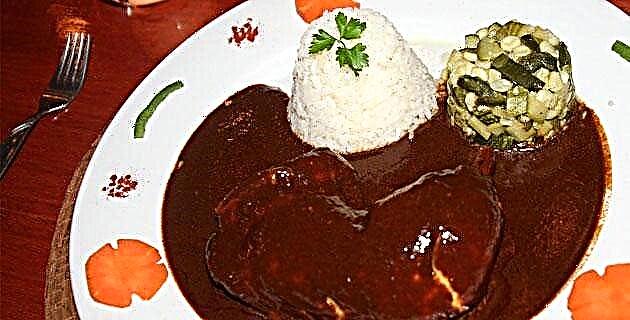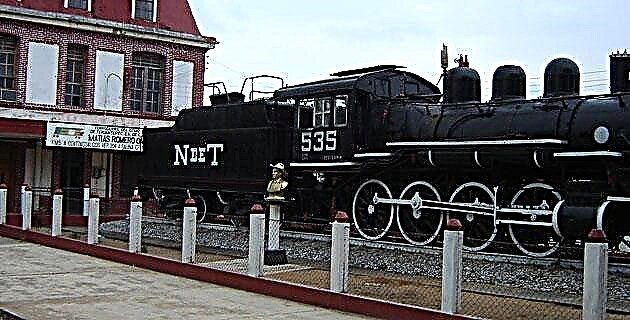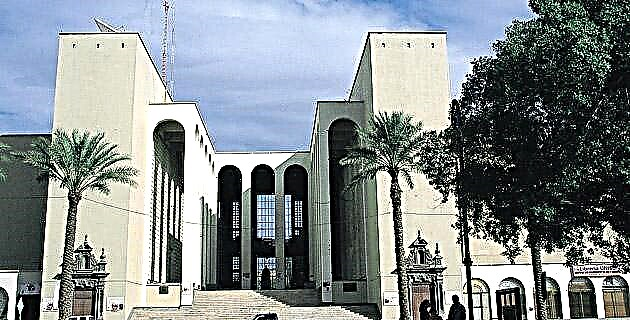
The University of Sonora houses this important museum dedicated to the teaching and dissemination of the archaeological and historical wealth of the state of Sonora.
It was built between 1944 and 1948 by General Abelardo Rodríguez, who with this building made the knowledge of their roots available to young people from Sonora.
Five are the rooms that present ethnographic and artisan samples and mummies of Yécora of approximately 10,000 years old.
We recommend touring the first one dedicated to regional paleontology and archeology. The oldest remains associated with the first inhabitants of the state and a painting of the environment and animal life during the last ice age, which facilitated the arrival of man to our continent approximately 50 thousand years ago, are exhibited in it. This is clear from the oldest human remains ever discovered in America - the skull from San Diego, California, a photograph of which is shown.
There is also a mastodon jaw found in the Ocuca region; a bison ornamentation discovered in Arivochi, an example of the fauna of the ancient time, as well as a map of the state in which the sites where remains of prehistoric cultures were found are indicated.
This section also highlights stone, shell and bone tools such as scrapers, made by hand and sleeved, projectile and arrow points.
The second space is dedicated to collectors and farmers. In the foreground are instruments such as the rotary grinder and metates, which according to historians were invented to transform seeds into flour. Meanwhile, the rotary grinder was used by hunter-gatherer groups approximately 5,000 years ago in the state. Ornamental instruments are also presented. Stones, shells and snails are exhibited, precious metals with paintings and fragrances that served to adorn the body and to show from a military or social hierarchy to express a religious magic act or just an aesthetic ideal.
In addition, the display cabinets show necklaces, bracelets, rings, nose rings and earmuffs, which were found as offerings in cemeteries.
In the room three begins the wide sample of fabrics and ceramics, highlighting among them, baskets made with fibers obtained from desert plants such as the torote and the lechuguilla or the reed that grows in the aguajes; and vessels, figurines, whistles or pipes made of clay that served in ancient times as utensils for storing food and water.
The fourth is one of those that attracts the most attention among tourists, since it exhibits Yécora mummies. Finding that allowed us to know the fabrics with which the mountainous inhabitants in Sonoran territory wore. The fabrics were made from plant floras, especially from a plant called Yuca.
In the History section we can appreciate through a chronological journey the arrival of the Spanish to Sonoran lands. Traditions and characters of the 19th century, the Porfiriato, the Revolution and the Foundation of the University of Sonora.
Finally, the Regional Museum offers other two rooms for temporary exhibitions.
Location: Luis Encinas y Rosales, Centro (Hermosillo, Sonora).

